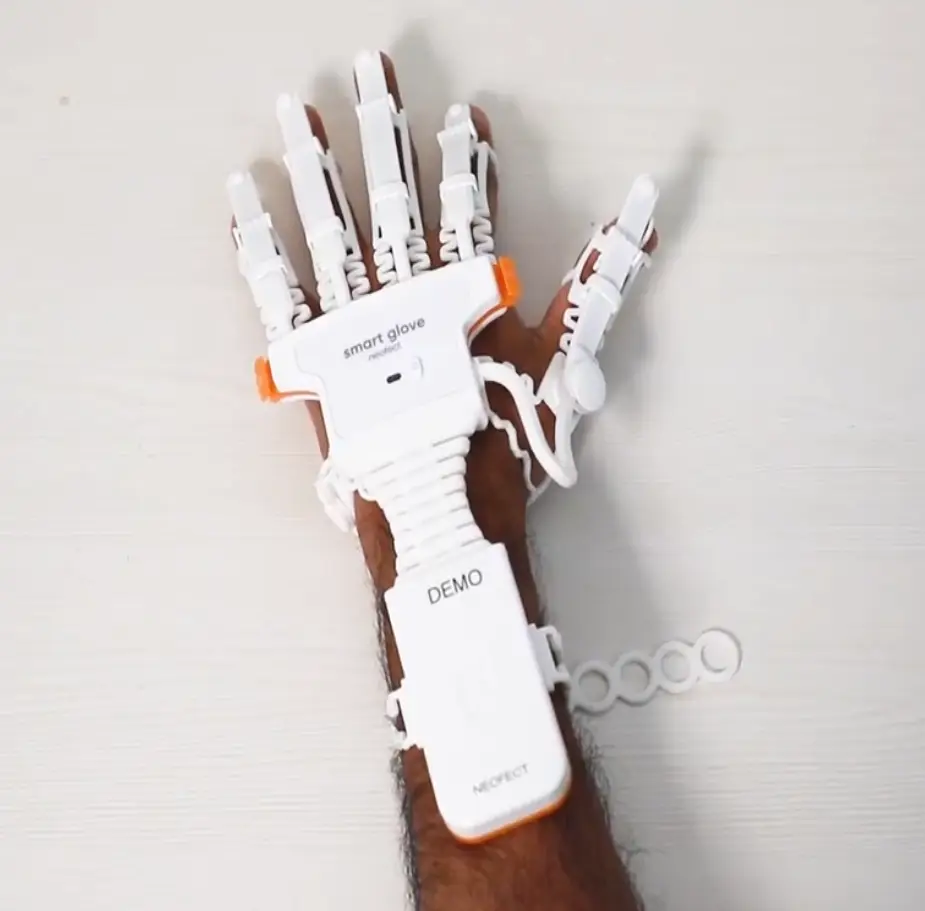Post Stroke rehabilitation
Symptoms
Post-stroke symptoms can vary widely depending on the severity and location of the stroke. Common symptoms include:
Physical Impairments
Cognitive Changes
Emotional and Behavioral Changes
Sensory Disturbances
Visual Impairments
Fatigue and Energy Loss
Communication Challenges
Swallowing Difficulties
Causes
Strokes occur when there is a disruption in the blood supply to the brain, leading to damage or death of brain cells. There are two main types of stroke: ischemic and hemorrhagic. The causes of strokes can be broadly categorized as follows:
Diagnosis
Clinical History : Gather a detailed medical history, focusing on stroke onset, risk factors, and pre-existing conditions.
Imaging Studies : Utilize CT scans or MRIs to identify the type, location, and extent of brain damage, distinguishing between ischemic and hemorrhagic strokes.
Physical Assessment : Conduct a comprehensive physical examination, evaluating motor function, strength, coordination, sensory perception, and balance.
Cognitive Evaluation : Perform cognitive assessments, including memory tests, language evaluation, and assessments of executive functions and problem-solving skills.
Emotional and Psychological Screening : Screen for emotional well-being, assessing for signs of depression, anxiety, and emotional lability.
Speech and Swallowing Assessment : Evaluate speech and language abilities, as well as swallowing function, to address communication and nutritional challenges.
Treatments
Our Post-Stroke Rehabilitation Program is designed to offer a well-rounded and personalized approach to recovery. Central to our methodology is Hyperbaric Oxygen Therapy (HBOT), a cutting-edge treatment that involves breathing pure oxygen in a pressurized room. This technique promotes healing by saturating the body’s tissues with high levels of oxygen, aiding in cellular repair and reducing inflammation. Alongside HBOT, our program features targeted physical therapy exercises aimed at improving mobility, strength, and coordination. Speed therapy focuses on enhancing cognitive processing and reaction times, crucial for daily activities. Cognitive therapy addresses cognitive deficits, gait, and coordination training focuses on improving how you move. Our Stroke & Traumatic Brain Injury Recovery Program offers a comprehensive approach to rehabilitation. Alongside traditional therapies, we provide Hyperbaric Oxygen Therapy (HBOT), Smart Pegboard, smart gloves, etc to accelerate the recovery.
Hyperbaric oxygen therapy involves breathing pure oxygen in a pressurized chamber, promoting cell repair and reducing inflammation in both stroke and traumatic brain injury cases.
A smart pegboard enhances post-stroke rehabilitation by integrating technology to improve motor skills and coordination. Interactive features provide real-time feedback, fostering engagement and aiding recovery in a targeted and personalized manner.
A smart glove accelerates post-stroke rehabilitation by utilizing sensors and technology to enhance hand and finger movements. Real-time feedback guides exercises, promoting precision, strength, and coordination for faster recovery.
Additionally, our program includes tailored physical therapy exercises, speed therapy for cognitive enhancement, gait and coordination training for physical abilities, cognitive therapy for brain function improvement, mirror therapy, and electrotherapy for targeted relief. Pain management strategies are seamlessly integrated to ensure comfort throughout the recovery process.

Rehab after a Stroke with Advanced Treatments

Elements of Stroke & Traumatic Brain Injury Recovery Program
Hyperbaric Oxygen Therapy (HBOT)
Physical Therapy Exercises
Speech Therapy
Cognitive Therapy
Gait & Coordination Training
Electrotherapy & Pain management
Get a Quick Reply Here
Office
Monday to Saturday: 8:30am – 6pm
